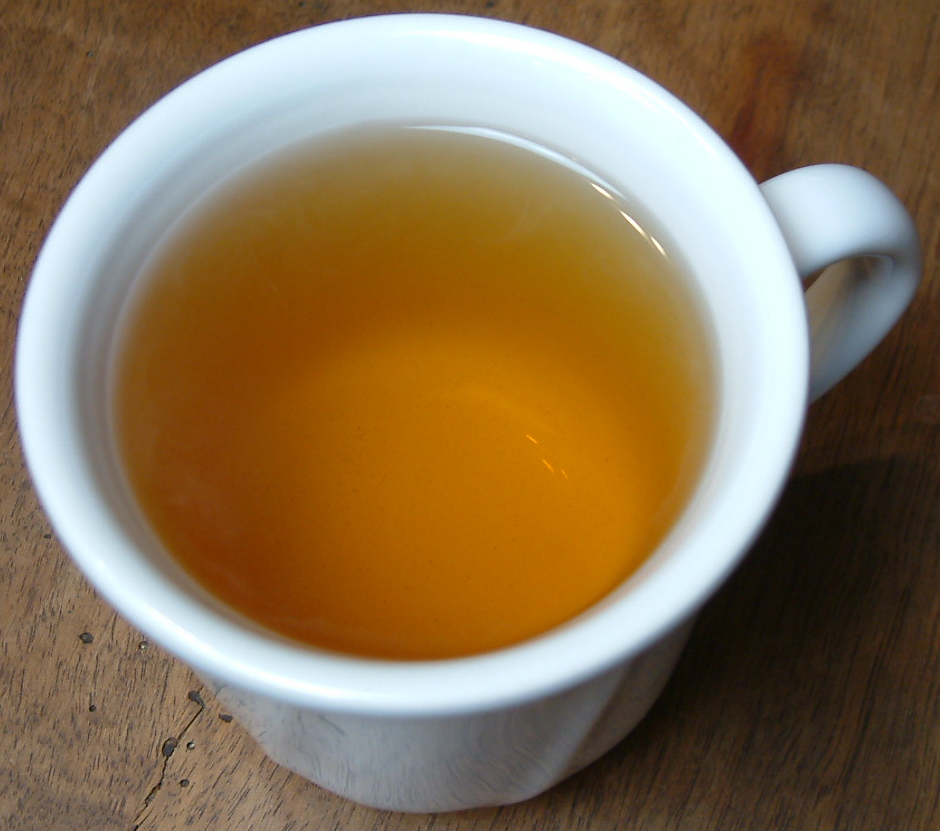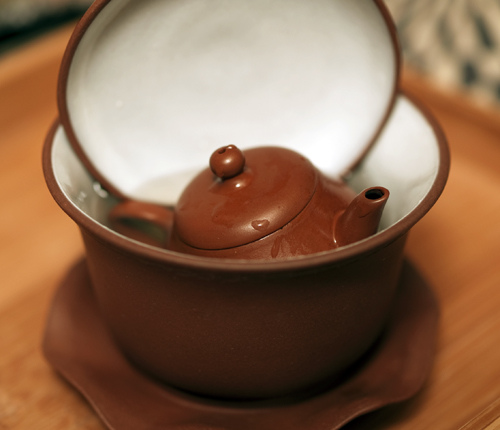Essential oil of bergamot and a good quality Chinese black tea is all that is in a traditional cup of Earl of Grey (aka Earl Grey Tea). So why do so many Earl Grey’s taste so different and how do you get a really good cup of Earl Grey? In short, focus on the bergamot.
Earl Grey – The Fruit of the Bergamot Tree
Bergamot is a citrus fruit about the size of an orange that is not eaten by humans, but grown for the oil produced in the rind of the fruit. If you were to try it, it is supposedly less sour than a lemon but more sour than a grapefruit. Prior to becoming the key ingredient in the world’s most famous flavored tea, it was the base to perfumes. Historical records show that bergamot appeared in the first perfumes in the 1700’s made by Farina (LaCapra, 2013). Earl Grey tea itself only appeared on the scene in the mid-1800’s.
The bergamot tree has been found in varying regions around the world, but only seems to produce enough oil to be commercially viable in the province of Calabria Reggio in southern Italy. Eighty percent of the essential oil of bergamot produced annually comes from this small region in the tip of Italy’s boot. Much like tea, the intensity, flavor and smell of bergamot oil is affected by its growing location with many growers claiming the limestone and other sediments in the Reggio soil are responsible for a less bitter taste to this bergamot (Arrigo, 2011).
To extract the oil, the fruit is picked and then run through a machine that scrapes the rind off the fruit while in a cold water bath. The water and rind mixture then flows into a centrifuge that then separates the oil from the rest of the mixture. Despite an annual production capacity of approximately one hundred tons, there are over three thousand tons of bergamot oil claimed to be in products or sold on its own in the global marketplace.
Various Flavors of Earl Grey Tea
The essential oil is often adulterated with lesser quality oils, like bitter orange, to stretch the product further. Thanks to modern science, synthetic or artificial bergamot oil is also easily produced. Without a gas chromatograph to prove the differences in properties, it is virtually impossible for the end user to identify natural vs artificial bergamot unless tasting different samples side-by-side. To protect the reputation of its bergamot crop, the Italian government has placed regulations and testing requirements on bergamot to ensure that what is going to marketplace has not been adulterated (Arrigo, 2011).
So when one Earl Grey doesn’t taste like another, don’t be surprised as it is highly likely the bergamot being used is either artificial or thinned with other oils given that demand for the oil far out-strips supply. The other item to look at is the tea base. It is believed that the original base to Earl Grey may have been Keemun given the types of Chinese blacks brought into England at the time. However, many of the teas in the tea bags here in the US are coming out of India, Kenya and Argentina. So that Earl Grey in the grocery store is probably not true to the origins of the tea in the first place. Like tea, bergamot oil tends to change with exposure to light and air. So it is best to buy smaller quantities and drink regularly so the flavor does not fade.
There are more variations to Earl Grey appearing on the marketplace. While it is tempting to discount them, you may find you like many of the blends that are becoming available, like lavender and rose petal. The have added variety to my daily cup of tea. What is your favorite Earl Grey?
Works Cited
Arrigo, A. (2011). BERGAMOT – A RESILIENT CITRUS . IFEAT International Conference (pp. 93-102). Barcelona: IFEAT.
LaCapra, W. (2013, November 11). Farina House – Eau De Cologne. Retrieved from Fragrence Muesum – Farina House: www.farina.org












